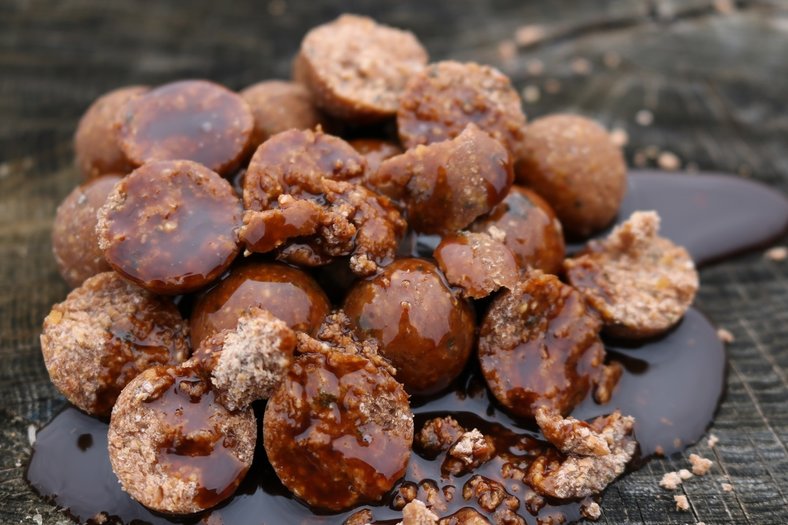
Following their introduction, invasive bait species can quickly overpopulate invaded areas and reduce native biodiversity, water and habitat quality, and cause dramatic changes in ecosystem function. The release of live bait by anglers has been responsible for the introduction of invasive crayfishes, fishes, earthworms, and fish diseases across the nation. However, this simple act can have unexpected repercussions. (Photo: Andy Noyes, NY DEC)ĭumping unused bait into a stream, river, lake, or on shore is often viewed by anglers as humane or even beneficial to game fishes.

Contaminated bait is an important vector in the spread of this fish disease.

Viral Hemorrhagic Septicemia has caused large fish kills of important commercial and recreational species in the Great Lakes region. For this reason, the Maryland Invasive Species Council has chosen live bait as the July 2021 Invader of the Month. With the 2021 fishing season underway, your actions can make the difference and help prevent further introductions of invasive bait species. Many other bait species and bait-related diseases are threatening to join the list of Maryland invaders. Some of these introductions have caused little harm, while others have caused considerable ecological damage.

Rusty crayfish, fathead minnow, goldfish, red swamp crawfish, banded darter, virile crayfish, red wigglers, rainbow darter, and nitro-worms, to name just a few of the non-native bait species that have been used in Maryland waters, are now established in the state. Your favorite type of bait may help you catch a big fish, but it may also be an invasive species.

Jay Kilian, Maryland Department of Natural Resources, Resource AssessmentĪttention anglers! What lies in your bait bucket has the potential to damage Maryland’s waters and the quality of your most prized fishing hole.


 0 kommentar(er)
0 kommentar(er)
